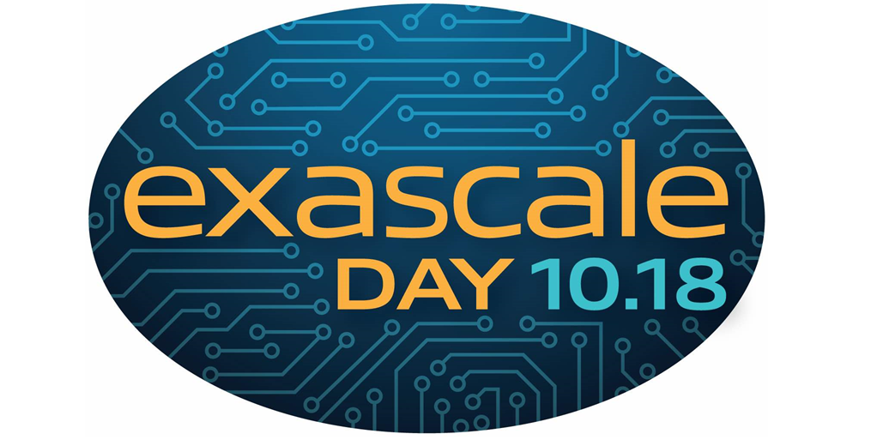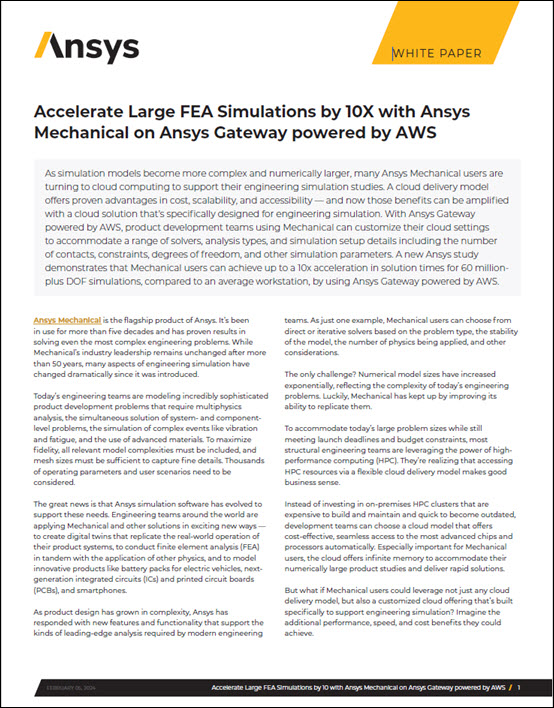jdkshepard on the Twitter pointed us (and, you know, everyone else on Twitter) to an interesting blog post by Horst Gietl and Hans Meuer over at the Top500.org site called, The Top Trends in High Performance Computing.
If we calculate the performance predictions for the TOP500 list, then we will see a 100 Petaflops system most likely in the year 2016. In the past we had a performance increase within 11 years from Gigaflops (Cray2 in 1986), via Teraflops (Intel ASCI Red in 1997) up to the Petaflops ( IBM Roadrunner in 2008 ) by a factor of 1000.
…But what are the trends in the nearest future which will form the basis for all these performance predictions. The major challenges to all processor requirements for HPC systems now and in the future will be: low cost, low power consumption, availability of support for parallel programming, and efficient porting of existing codes.
The post goes on to talk about the rise of multi-core, the need for a growing parallel programming education effort, GPUs, clouds, growth of data and a rise in HPC adoption by SMBs. They also mention the rising dominance of power concerns
The energy consumption of the giants in the Teraflops range and beyond is enormous. Remember the hot summer in the USA where some of the supercomputer centers had to shut down their HPC facility because of a lack of power. It is well-known fact that the energy consumption of HPC data centers will double in the next 4 to 5 years, if the current trend continues. A straight forward extrapolation for Exaflops systems shows that they will be somewhere in the range of hundreds of Mega-Watt. That’s one of the reasons that the managers of SC centers are critically observing further SC developments especially under the aspects of power supply. And you can be sure that at every supercomputer conference there will be session about energy consumption of HPC systems.
Their thoughts about the (near) future? More:
We will see systems that will set a new Flops/Watt Standard“. In 2011 the Sequoia-System developed and manufactured by IBM will be installed at LLNL and will start running in 2012. It will have 1,6 Millions of Power-Processors and 1,6 Pbytes of main memory leading to a peak performance of more than 20 Pflops and will be the number One in the Top500-List. From a technological point of view the system is further development of the BlueGene/P-Architecture, where chips with 16 cores (45nm-Technology) will be integrated with a newly developed switching-technology based on optical communication. As a whole Sequoia will only need 6 MW resulting in the extraordinary value of 3,000 MFflops/Watt which means an improvement of 7 against BlueGene/P and an improvement of 5 against the Cell-based Roadrunner.



